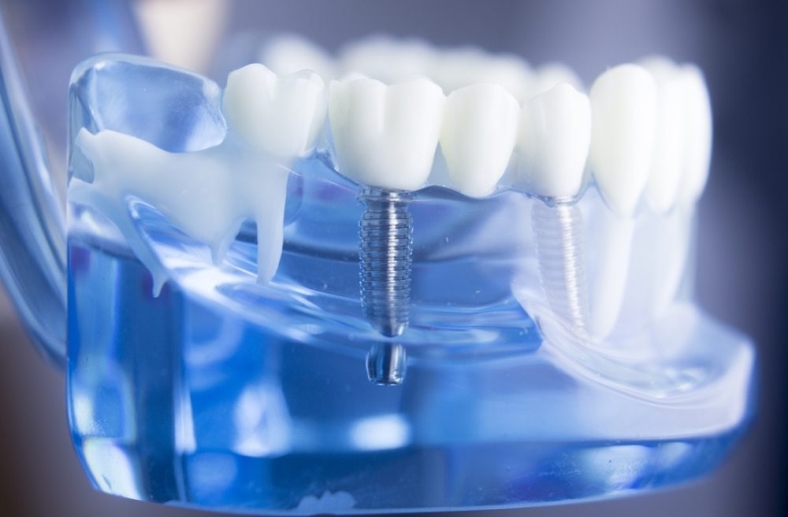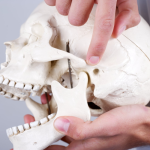The loss of a tooth can be a distressing experience, leading many to wonder if there’s any hope for regrowth or natural restoration. In the realm of dentistry, advancements in restorative procedures offer solutions that can mimic the appearance and function of natural teeth. However, amidst the promises of modern dentistry, myths about tooth regrowth persist. In this article, we delve into the world of restorative dentistry, exploring the possibilities it offers, and debunking common misconceptions surrounding lost teeth and their potential regrowth.
Restorative Dentistry: Bridging the Gap
Restorative dentistry encompasses a variety of procedures aimed at repairing or replacing damaged or missing teeth. From dental implants to bridges and dentures, these techniques aim to restore both the aesthetics and functionality of a smile. While it’s true that restorative dentistry can work wonders in rejuvenating a smile, restorative dentistry is almost as good as nature, but not quite the same.
Restorative Dentistry vs. Natural Teeth: A Comparison
Restorative dentistry has made remarkable strides in replicating the look and feel of natural teeth. Dental implants, for instance, are surgically implanted into the jawbone, providing a stable foundation for replacement teeth that closely resemble natural ones. Similarly, bridges and dentures are designed to blend seamlessly with existing teeth, restoring the ability to chew and speak comfortably.
However, despite these advancements, restorative dentistry cannot fully replicate the intricate structure and resilience of natural teeth. Natural teeth are composed of living tissues, including enamel, dentin, and pulp, which provide strength, sensation, and the ability to self-repair to some extent. Restorations, while durable and aesthetically pleasing, lack the biological complexity of natural teeth.
Pain and Risks in Restorative Dentistry
Like any medical procedure, restorative dentistry carries its share of pain and risks. Dental implant surgery, for example, involves invasive procedures that may cause temporary pain, swelling, or bruising. Complications such as infection or implant failure can also occur, although they are relatively rare when performed by skilled professionals in sterile environments.
Similarly, the fitting of bridges or dentures may cause mild discomfort initially as the mouth adjusts to the new prosthetic. Issues such as sore spots or difficulty chewing may arise, but these can often be resolved with minor adjustments by the dentist. It’s essential for patients to communicate any concerns or discomfort with their dental provider to ensure a smooth and successful outcome.
Mythbusting: Can Lost Teeth Ever Grow Back?
Despite the advancements in restorative dentistry, myths persist about the possibility of lost teeth regrowing naturally. One common misconception is that a lost tooth may eventually grow back if given enough time. This notion likely stems from the regenerative abilities of certain tissues in the body, such as skin or bone. However, teeth do not possess the same regenerative capacity.
Another myth revolves around the idea that placing a tooth in milk or saliva can facilitate regrowth. While preserving a dislodged tooth in a suitable medium can help maintain its viability for reimplantation, it will not prompt new growth or regeneration of the tooth structure itself. Once a tooth is lost or damaged beyond repair, restorative interventions are necessary to restore function and appearance.
Restorative dentistry has revolutionized the field of dental care, offering effective solutions for repairing or replacing lost teeth. While these interventions are highly successful in restoring smiles and improving quality of life, they are not without their limitations and risks. Understanding the capabilities and constraints of restorative dentistry is essential for informed decision-making and realistic expectations.
While lost teeth cannot grow back naturally, modern dentistry provides alternatives that are almost as good as nature. By debunking myths and embracing the possibilities of restorative interventions, individuals can regain confidence in their smiles and enjoy the benefits of a healthy, functional mouth for years to come.





